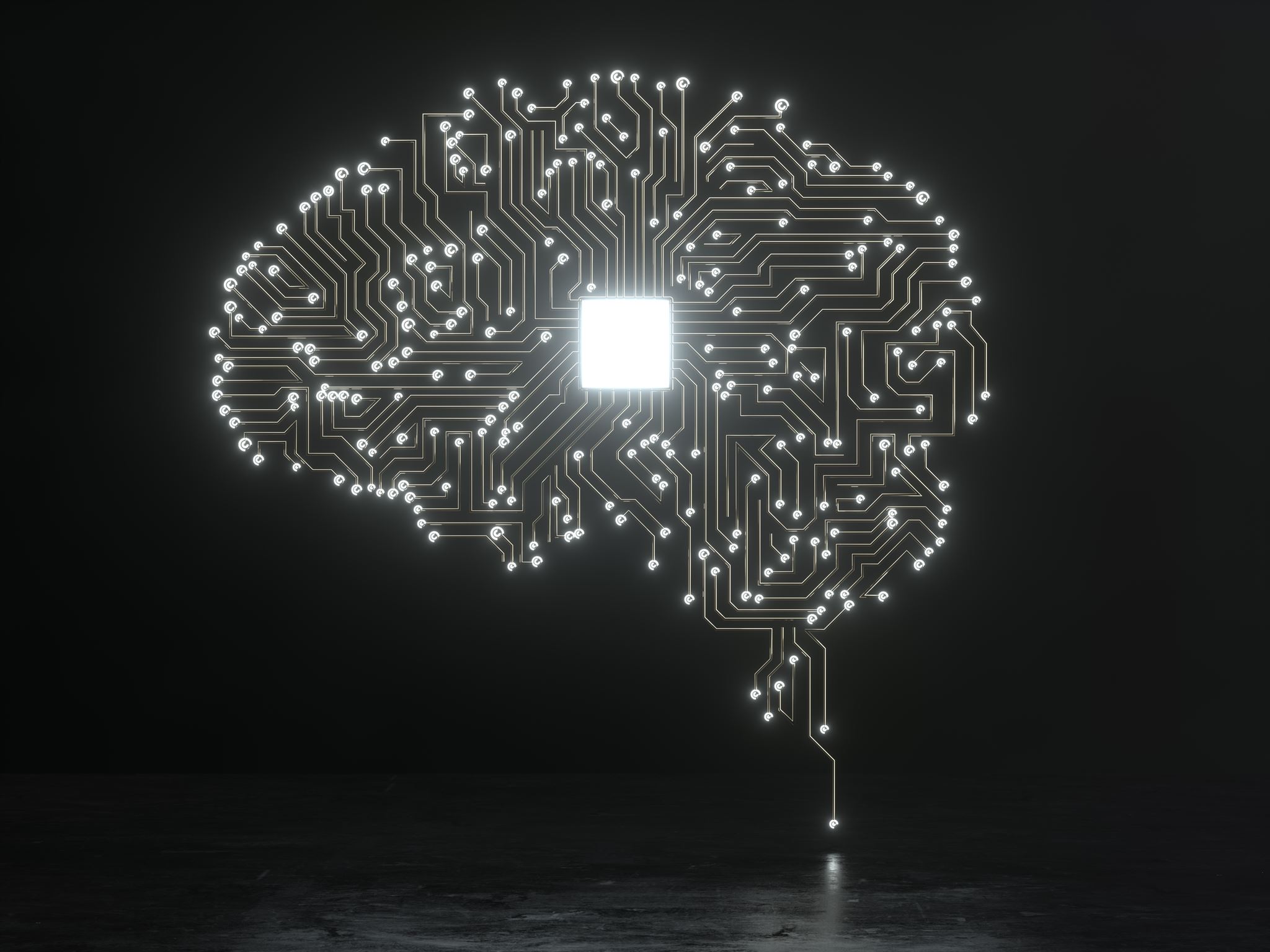AI and Deep Learning
Do you understand what Deep Learning is? If you don’t. You’re not alone.
It’s one of those phrases that gets tossed around in conversations about AI, often without a clear explanation. It sounds complex (and it can be), but understanding the basics doesn't have to be difficult.
I have written a blog post to help you make sense of exactly how Deep Learning fits into the broader world of Artificial Intelligence.

Prerequisite
AI is an intelligent software that imitates human behaviour and capabilities.
Machine Learning is the way we teach computer models to make predictions, and it is the way the AI software develops its intelligence.
Machine Learning Function:
Y = F(x)
Label = Function * Feature
A function is a mathematical formula used to describe the relationship between labels and features.

Deep Learning
Deep Learning (DL) is a subset of Machine Learning (ML).
A DL model structure is called an Artificial Neural Network (ANN).
The inspiration for an ANN is the human brain.
With ML we state the features.
With DL the features are picked out by the ANN.
The ANN consists of numerous layers, hence the term ‘Deep’.
Artificial Neural Network
Layer 1
Input Layer
Receives Raw Data
Layer 2
Hidden Layer
Consists of multiple layers of nodes (neurons) connected by weights.
Each node layer has its own mathematical function (i.e. Linear Regression).
Every Node Layer receives input data which is processed and then passed onto the next node layer.
The size of the weights between the node layers, is used to determine how much influence each input has on the output.
Layer 3
Output Layer
Makes a prediction
How do ANN's learn?
By adjusting the size of the weights during training.
Summary of the ANN Training Process
Forward Pass
We feed input data through the network from layer to layer and calculate the final output value.
Loss
We measure how close the network’s predictions are to the actual value.
Backward Pass
We apply an optimisation algorithm to go back and update the weights of the network, to try to improve the neural networks performance.
Iterate
We repeat this process over and over using Loops, checking each time if the loss is going down.
Where is Deep Learning applied?
Self-driving cars.
Web page language translations.
Customer service chatbots.
Personalised Netflix recommendations.

Computer Programming
To help you develop a tangible understanding of Deep Learning, I've included parts of a computer program below, that builds a basic neural network. This example uses a supervised machine learning model designed to predict apartment rent prices based on factors such as size in square feet.
# load dataset as a pandas dataframe
apartments_df = pd.read_csv
("streeteasy.csv")
# create a numpy array of the numeric columns
apartments_numpy = apartments_df[
['size_sqft', 'bedrooms',
'building_age_yrs']].values
# convert to an input tensor
X = torch.tensor(apartments_numpy,
dtype=torch.float32)
# Set a random seed – so that the model
behaves the same every time you run it
torch.manual_seed(42)
# define the neural network
model = nn.Sequential(
nn.Linear(3,16),
nn.ReLU(),
nn.Linear(16,8),
nn.ReLU(),
nn.Linear(8,4),
nn.ReLU(),
nn.Linear(4,1)
)
predicted_rent = model(X)
#Show output. Compare predicted rent
values to the actual rent values
predicted_rent[:5]
Get In Contact
Romi_Heer@RomaIntel.com | Instagram @Roma.Intel
Opening Hours: 9.30am to 5.30pm - Monday to Friday
Contact Us
